Guides
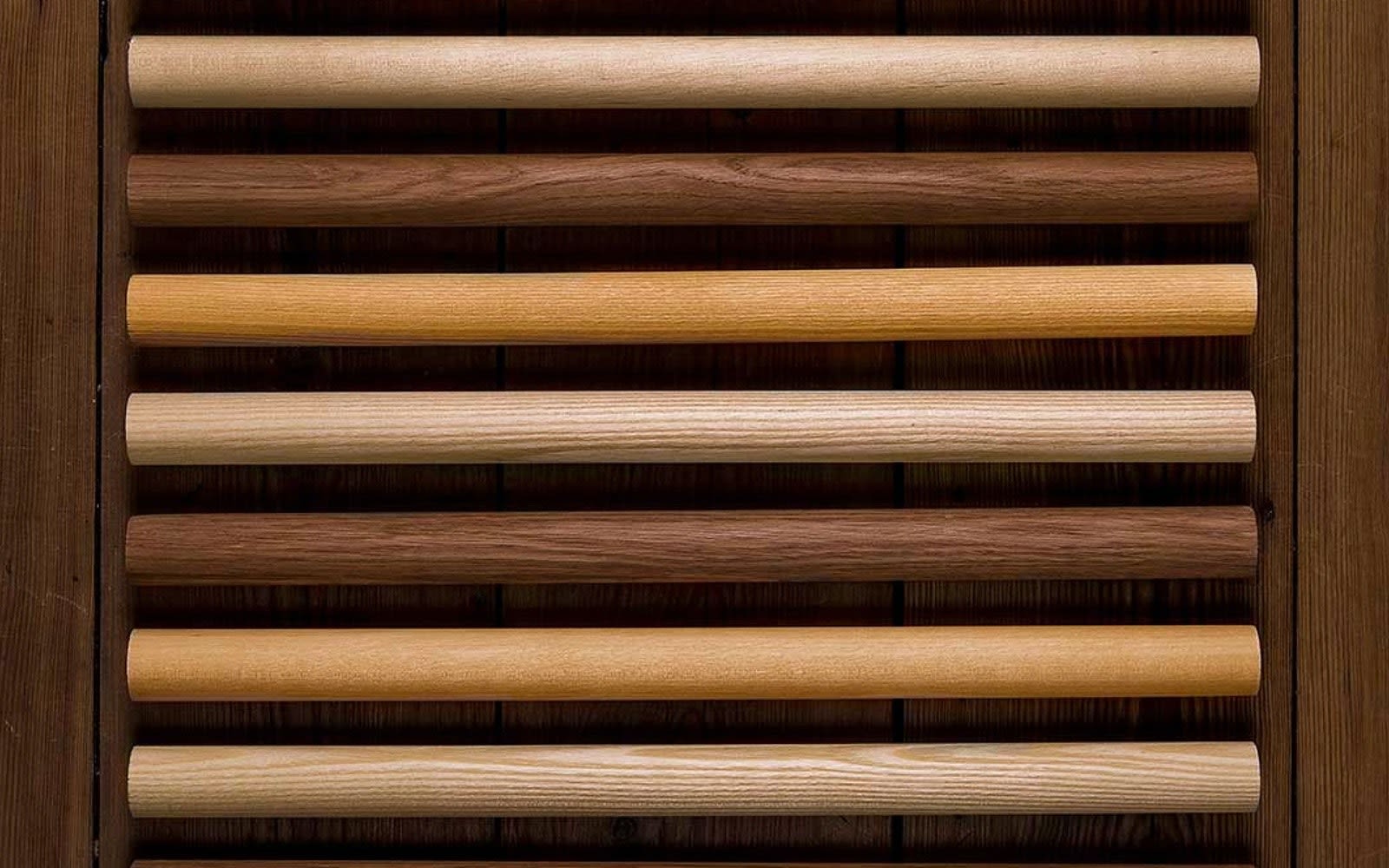
2023/5/4
Material guide: Wood
Natural materials are great fun to decorate with, not least because each piece of furniture is completely unique in its pattern. In our large wood guide, we have gathered information for those who want to buy wooden furniture, so that you can choose exactly the right type of wood and surface treatment that best suits your home and your life situation.
Type of wood
The type of wood you choose for your furniture has a big impact on how it will look. The natural colour and texture of the wood can easily change the whole look of the furniture. Below you can read about oak, ash and beech which are the most popular wood types in our range, as well as beautiful but less common wood types such as walnut and teak.
Oak
Oak is undoubtedly one of the most popular types of wood, which is evident from the huge range of furniture available in the wood. In most cases, you can also choose from many more finishes than other woods, as its natural colour and beautiful grain works well with soap, oil, stain or varnish.
The wood is also incredibly durable, largely due to its resistance to moisture. A chair or table in solid oak rarely has a problem living on for generations, provided you take care of and maintain your furniture in the right way.

Ash wood
Many people choose ash because of its naturally light colour, which often comes in shades of white and yellow with hints of light brown. As with oak, the wood often works well with most finishes, especially soap and clear lacquer, but also stain or lacquer colours.
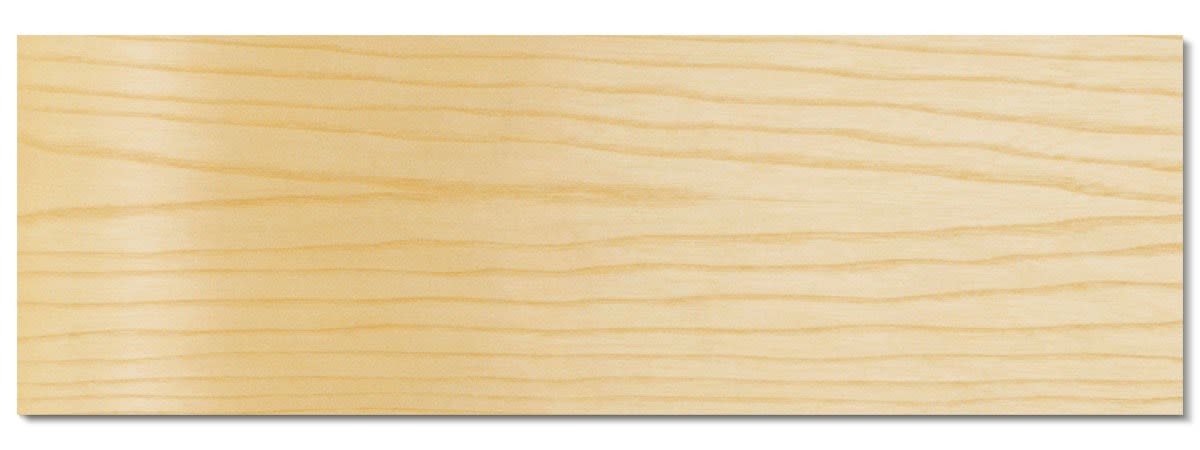
Beech
Beech is a commonly used wood, especially when it comes to bending wood. This is because the lignin can easily be softened with steam and then moulded in endless ways. Some examples include Jonas Bohlin's Vilda, Michael Thonet's Chair 14 and August Thonet's Chair 18. The wood is very light in colour, and can become slightly reddish after being steamed.
Compared to many other types of wood, beech is very minimal in its grain, which means that the wood is often used for furniture that is to be varnished uniformly in one colour with no visible structure. The result is an extremely smooth surface with a glossy finish. At the same time, a slightly lighter appearance can be achieved with a sawn surface treatment than, for example, ash or oak.
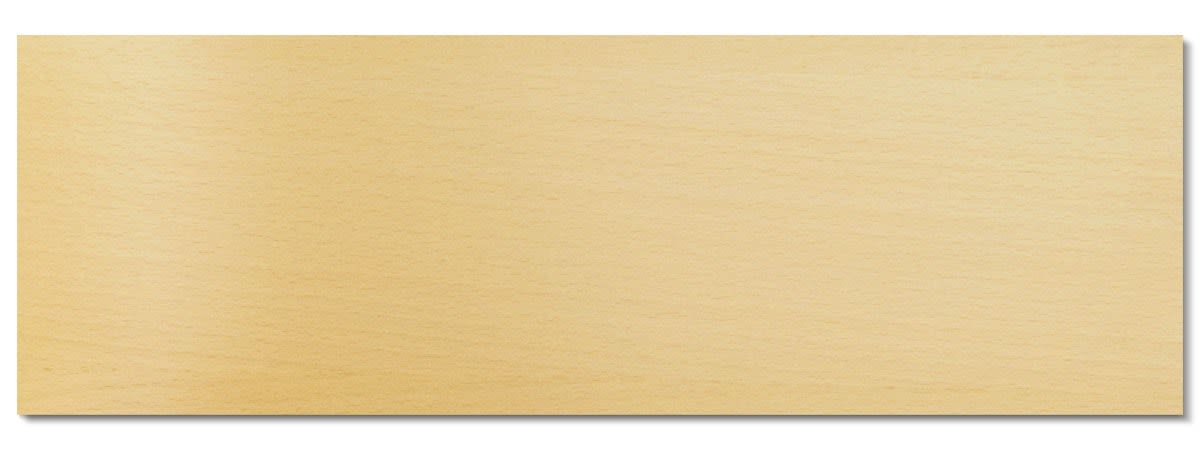
Walnut
Walnut is a very strong and durable wood which, with its alternating light and dark brown tones, exudes an exclusive feel. Walnut furniture is always more expensive than light-coloured wood, especially if it is a solid wood piece of furniture. Therefore, veneer is often used instead to achieve a beautiful look without increasing the price too much.
When buying wooden furniture in walnut, the natural look is what you are looking for. Therefore, no other surface treatments than clear lacquer and oil are used. Both variants work well with the dark wood. Sometimes furniture in oak or beech, for example, is offered with a so-called walnut stain, which mimics the wood type at a much lower price.
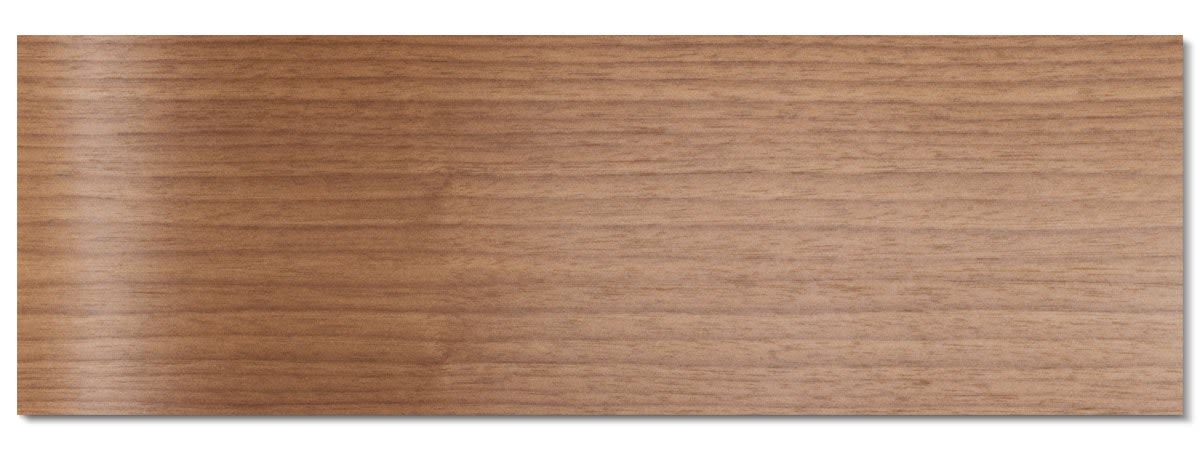
Teak
Teak is a popular wood, not only because it works extremely well for outdoor furniture due to its durability and longevity, but also because of its dark reddish-brown colour. While demand is constantly increasing, the availability of natural forests is decreasing. This has turned the wood into something of an environmental villain. That's why we recommend choosing cultivated teak from sustainable forests.
Although teak is widely used in the manufacture of outdoor furniture, it is also an extremely beautiful wood to use indoors. It is often used in small quantities as a contrasting detail to another wood, such as Yngve Ekström's Lamino, which is available in oak with teak armrests. Like walnut, the wood looks best in clear lacquer or oil.
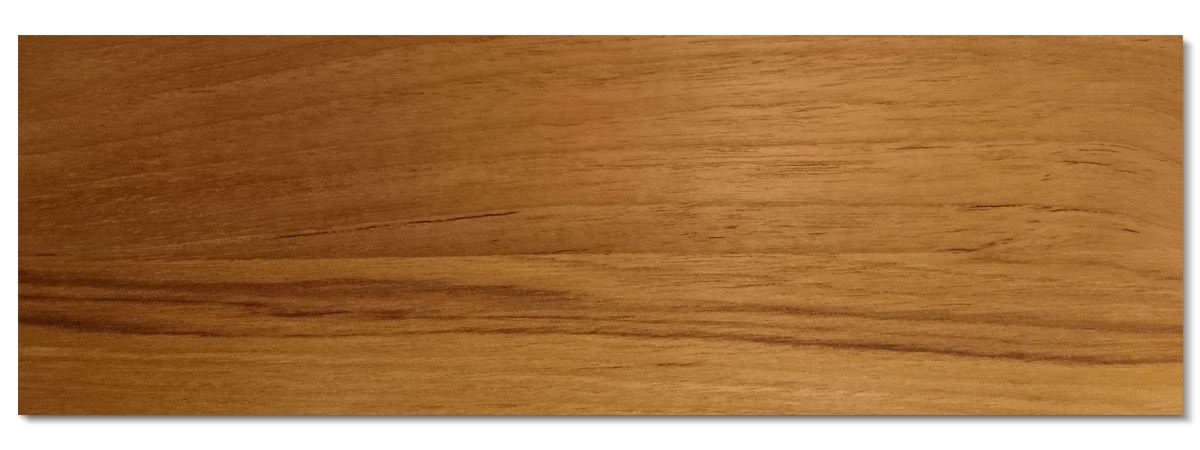
Cherry
Cherry is a wood with a grain that is not too dominant, but has a distinctive mix of reddish-yellow and reddish-brown tones. A clear lacquered or oiled finish is often chosen here, which over the years causes the wood to change to a more cognac-coloured appearance when exposed to daylight.
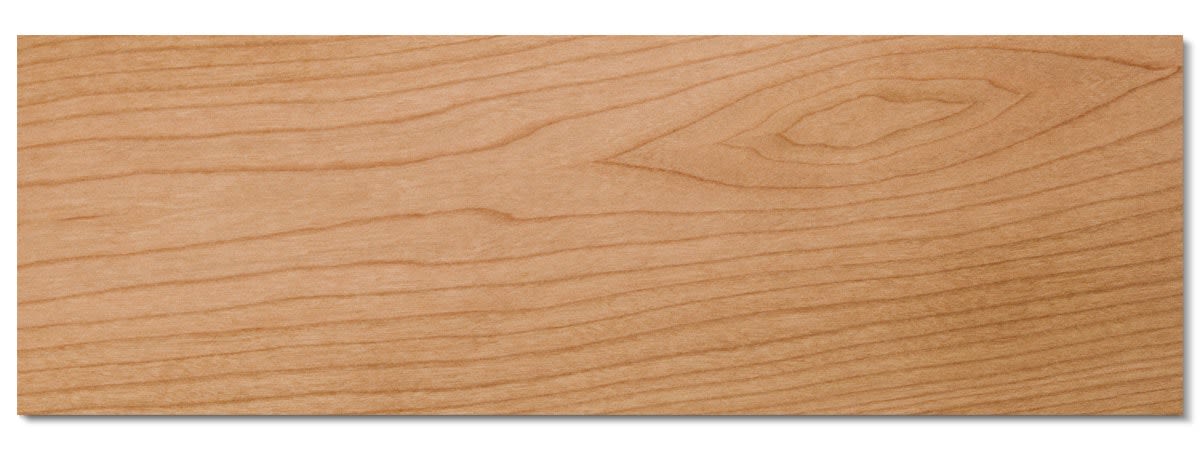
Birch
In the 1930s, birch was widely used in furniture making, but is much less common today. What makes the wood so appealing is that it can vary considerably between the completely smooth, almost invisible texture of glass birch and the vivid, flame-like texture of spring birch. The colours can also range from light yellow and white tones to more distinctive reds.
In our country, few pieces of furniture are made in birch, at least when it comes to wooden furniture with large visible parts. Furniture that requires extreme durability is best made from glass birch, whose appearance can be perceived as "lifeless". But on the other hand, the more aesthetically exciting spring birch is rarely suitable, but is better suited as a decorative detail.
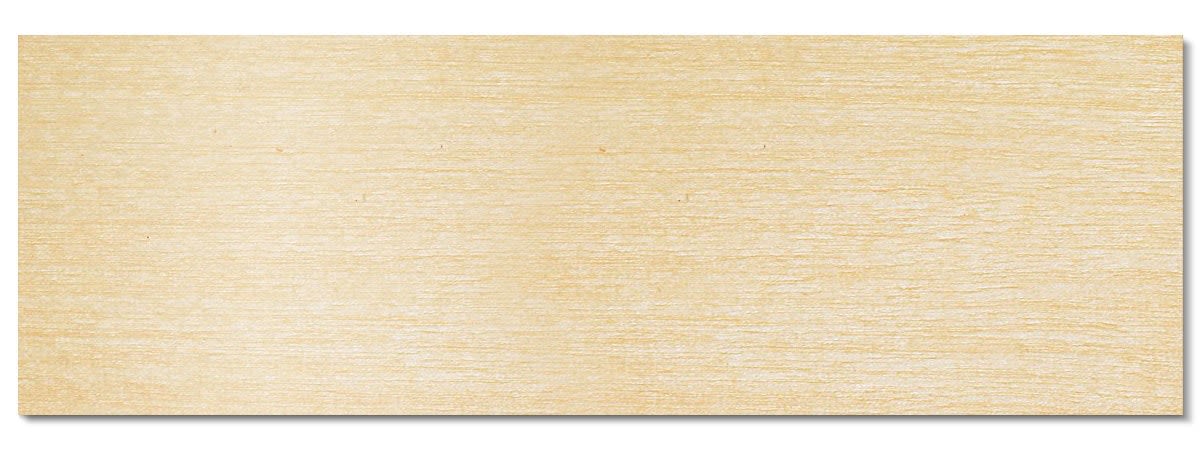
Maple
Maple is very similar to the lightness of birch. Here, however, you get a more lively look from the flaming, clearly marked grain that creates an organic pattern. Since this type of wood also has very few knots and fibre disturbances, it is also ideal for bending wood. The material also works well with most surface treatments, where you can easily achieve an attractive result.
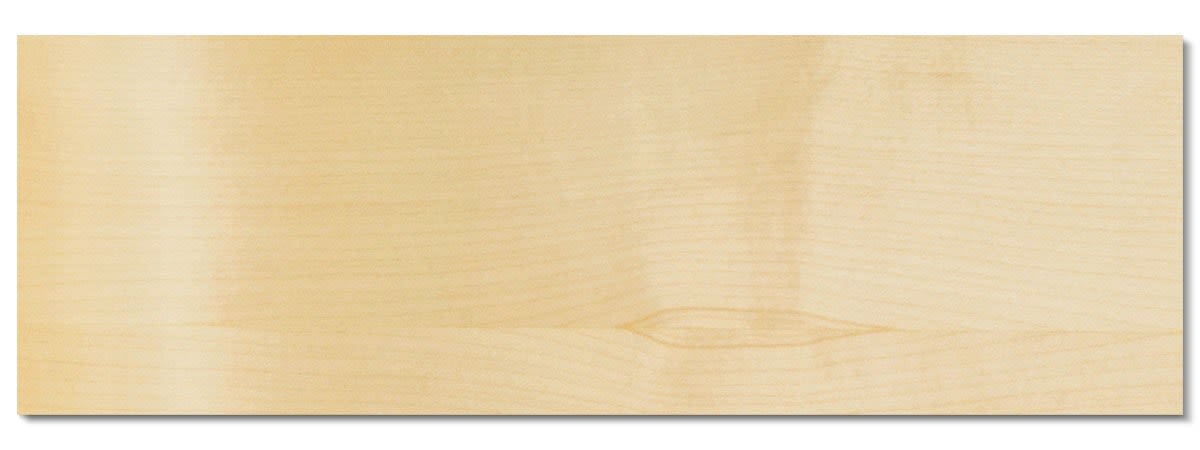
Elm
Although not widely used by our brands, elm actually has an incredibly decorative and vibrant wood texture. Untreated elm has a distinct yellow colour, which changes to a more brown tone over time. Most surface treatments work well with this type of wood, especially oil and clear lacquer, as they preserve the strong character of the grain.

Surface treatments
The choice of surface treatment is just as important as the choice of wood species. It allows you to influence both the appearance and durability of the wood. Below you can read more about our most common surface treatments, their advantages and why you should perhaps consider whether your first choice is really suitable for the furniture's application.
Keep in mind: When treating your furniture yourself with soap, oil, varnish or any kind of furniture care product, it is very important to always follow the instructions, while you should always make sure that the product you have chosen is suitable for the type of wood you are going to treat. Similarly, you should always be careful with any sanding, where it is better to get help from a professional to avoid the risk of ruining your furniture without any kind of guarantee or compensation.
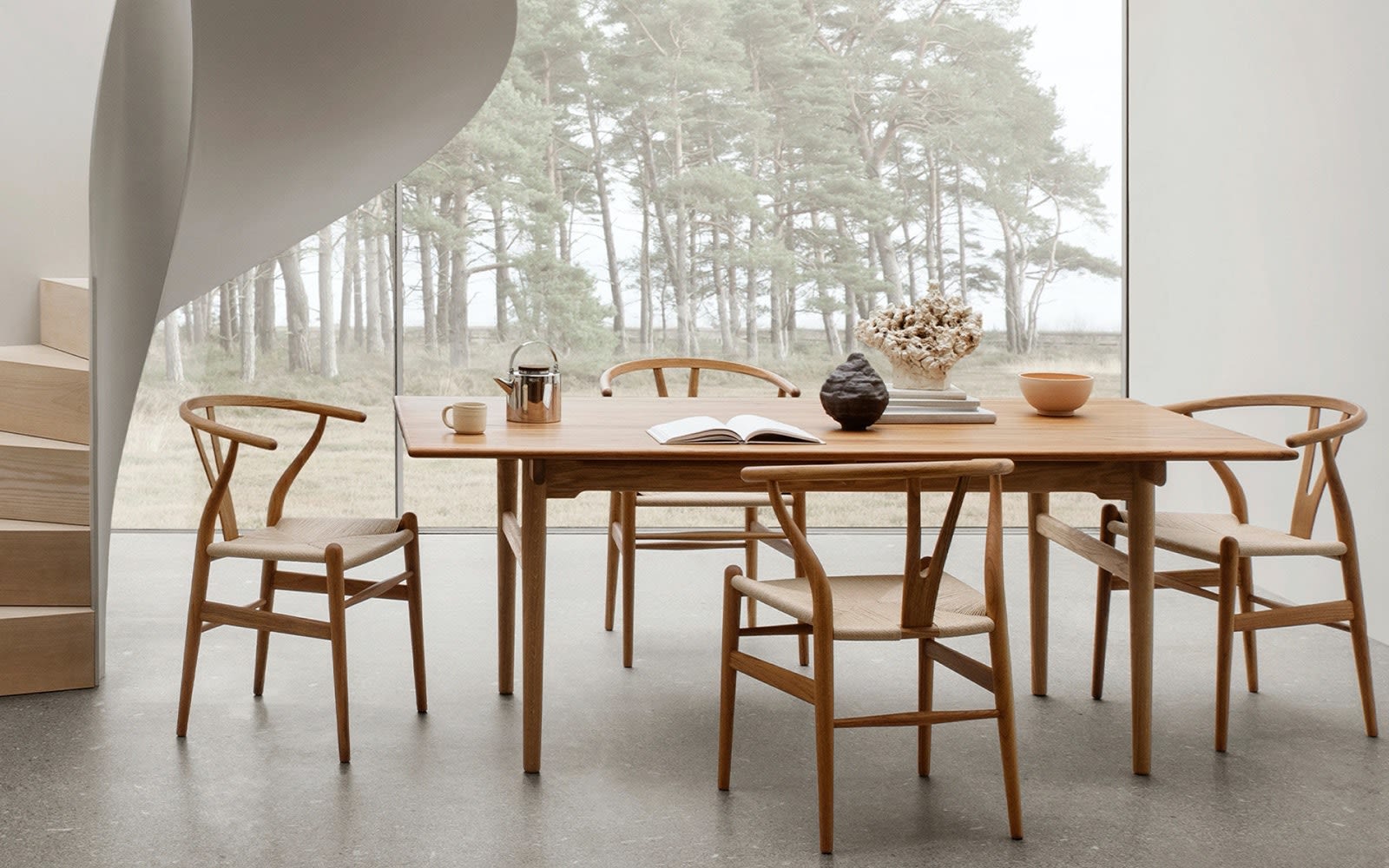
Soap
Soap, or soap as it is also known, is undoubtedly one of the most popular finishes for woods such as ash, oak or beech. They are mainly used for these types of wood as they achieve a very bright and uplifting appearance, without losing the natural character of the material.
An initial disadvantage, which diminishes over time, is that dining tables that are used daily often need to be re-treated about once a week. However, the process is not as time-consuming as it sounds, as you can simply wipe the table with a soap solution that you can easily mix yourself and keep in the cupboard or under the sink.
When it comes to dirt and stains, soap has a good resistance to juice, wine and coffee stains. In most cases, these stains can be wiped up and removed permanently with a little new soap solution. For more extensive grease stains, you can also lightly sand with a fine sandpaper if the stains have not disappeared after several treatments.
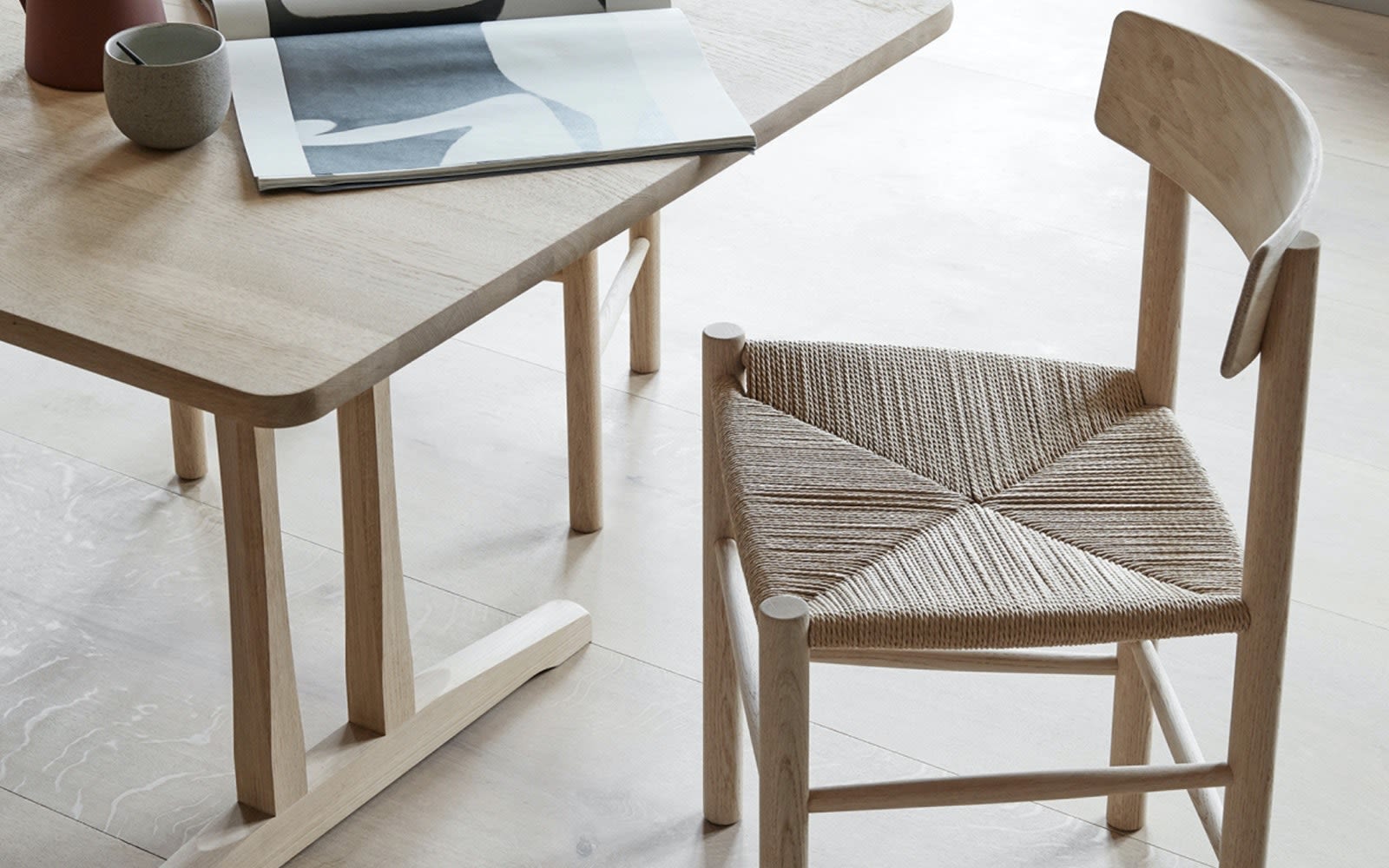
Clear varnish
Clear lacquer is a perfect choice for those who really want to preserve the original colour and shade of the wood. However, as the name suggests, its finish is slightly more glossy and shiny. The finish is an obvious choice for those who want to keep maintenance to a minimum. The main disadvantage of clear lacquer is that scratches and marks are not as easy to fix or hide.
However, you don't have to worry about the material drying out as the pores of the wood are sealed. This also provides good resistance to all kinds of stains, which in most cases can be easily wiped up without leaving any traces. Be aware, however, that glass without a backing can still leave rings behind.

Matt varnish
Matt varnish follows exactly the same principle as clear varnish when it comes to sealing pores and immunity to drying out, while the difference is mainly visual. The surface treatment leaves a matt finish instead of a glossy one, while the wood is often slightly lighter in color.
Oiling
Each time a piece of furniture is treated with oil, the wood is saturated. An oiled finish then becomes exceptionally resistant to grease stains, as the absorbency of the wood is very low. However, you should still be aware that stains from other liquids can easily occur if they are not wiped up immediately.
Oil also requires a certain amount of maintenance. Depending on how much your furniture is used, it may be enough to re-oil the wood once a year. How often you need to oil your furniture also varies depending on the type of furniture. A dining table obviously needs much more care than a chair or a bookcase, for example.
Keep in mind: Be sure to always put an oil-soaked cloth or brush in an airtight container after you finish your furniture, otherwise there's a risk of them catching fire. You can use a regular plastic bag to squeeze out all the air and then tie a knot in it.
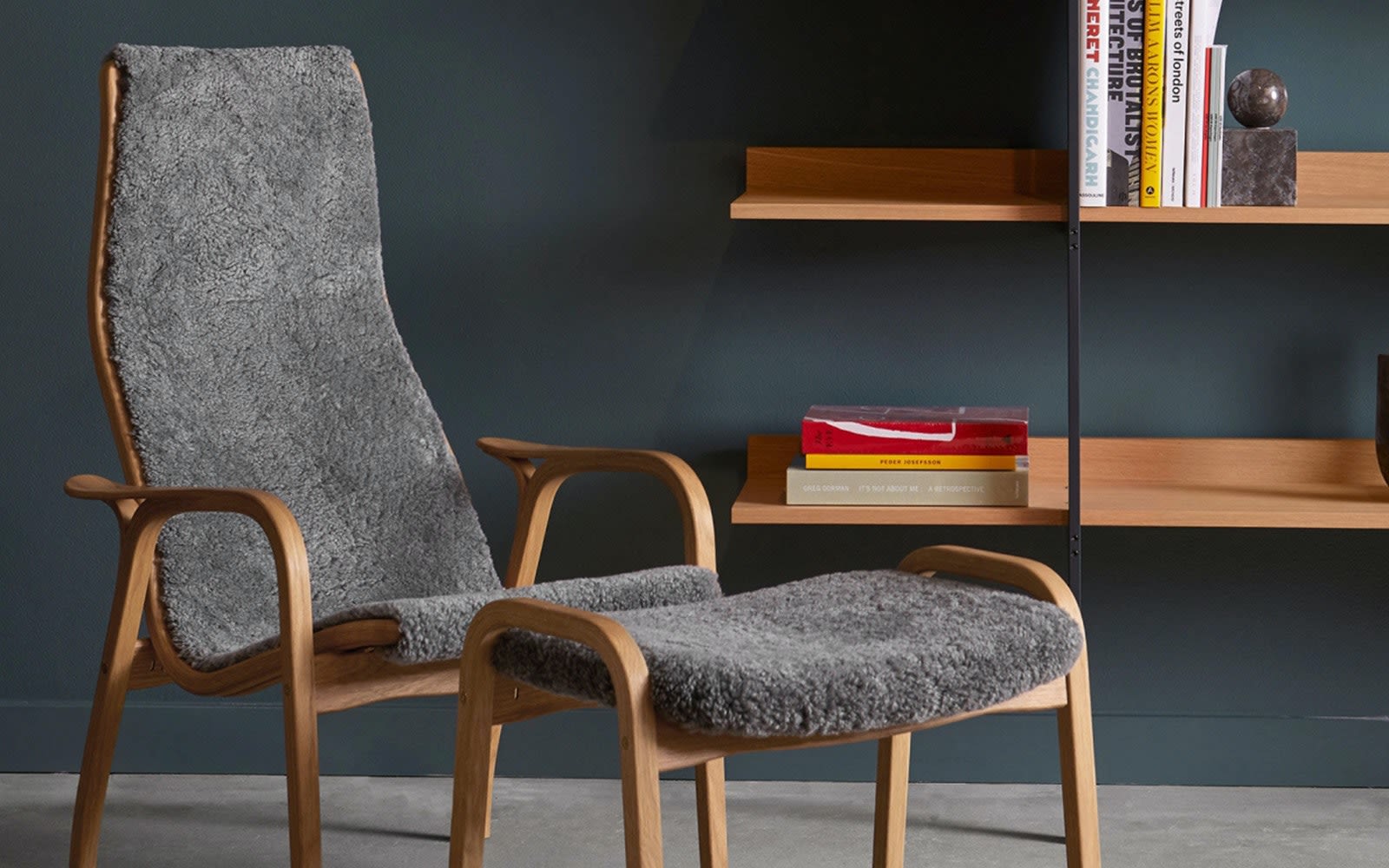
White oil
Regular oil and white oil differ mainly in their aesthetic properties. Unlike the typical warm, slightly dark appearance of oil, white oil gives the wood a more white and cold appearance. However, when it comes to stain resistance and annual maintenance, they are almost identical.
Stains
Stain is an attractive way to colour a wood, without losing the structure and grain of the wood, unlike, for example, lacquer paints which are often very smooth with a more glossy finish. The grain also creates beautiful color differences in the wood depending on how the light falls.
With us, it is most common to choose a very dark stain, especially in black. This is because it is a color that is easy to place, while also hiding dirt and stains well. On the front legs of a chair, for example, dark dirt stains from socks or shoes can appear over time, which will be virtually invisible on a black stained piece of furniture.
Although stained furniture does not require much maintenance, it is recommended that you use furniture polish that is adapted to the material. This will both refresh and protect the wood for longer.
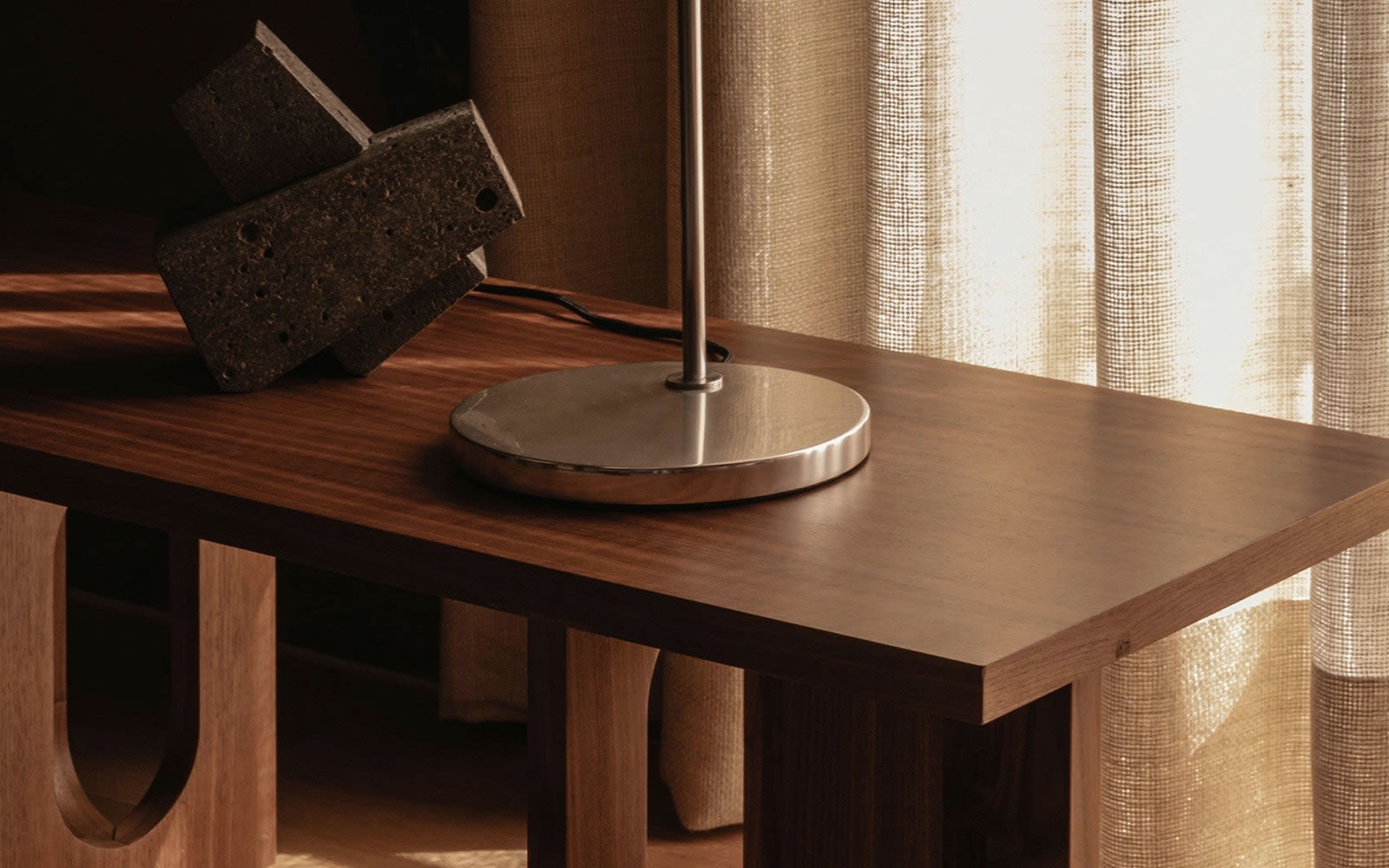
Solid wood
Solid wood is a good choice of material for furniture. This is because the material offers a robust construction, long durability and a solid feeling of quality. This is particularly good for tables, as you can also sand down a table top after a few years if too many scratches and other wear and tear have occurred. If you sand your table top, you should also bear in mind that you will need to refinish the wood to preserve its protection.
Wood veneer
Veneer is an extremely thin layer of wood that can be glued over another material, such as plywood. Externally, the aesthetic benefits of wood veneer and solid wood are almost identical. The major disadvantage of veneer is that each layer is rarely more than a few millimeters thick. This makes the material much more sensitive to scratches and bumps - and you can't sand it down when it wears out.
In particular, dining tables rarely work well in veneer, especially if you have small children or plan to use the table in a public environment with heavy use. However, for other table types such as desks or conference tables, the material is an affordable and attractive choice.
When it comes to using wood veneer in furniture such as chairs, armchairs or shelves, it is not quite as sensitive. In most cases, a chair or armchair has both the legs and frame in solid wood, while the seat and back are covered in veneer because of its malleability. Shelves or other storage furniture are also not subject to the same kind of high stresses as a table.

Care instructions
Dirt and stains
When it comes to stains, the most vulnerable piece of furniture is of course the table. Whether it's a coffee table or dining table, this is where food and drinks are often handled, leading to spills. Regardless of the finish, you should always use coasters, as rings on the table are the most common type of stain.
To minimize the risk of any permanent stains, you should always immediately remove spilled food and wipe off any residue or liquids. This will also keep maintenance to a minimum, so you don't have to soap, oil or varnish your table.
However, dirt is something that also affects most wooden furniture. A bookcase usually only needs dusting, while a chair or armchair can easily get dirt stains on the front legs. Depending on the finish you choose, in most cases you can simply wipe the affected area with a damp cloth. In the worst case scenario, more ingrained dirt stains can be sanded away with a fine sandpaper and some new finish.
Sunlight
Wooden furniture can become incredibly beautiful over time, just by being exposed to mild daylight. However, you should avoid placing your wooden furniture in direct sunlight. It is especially during the first period that the furniture can be extra sensitive to light. Here you should, for example, be cautious about placing interior details such as vases or candlesticks on the table as this can lead to clear color differences between the exposed and shaded parts.
Air humidity
As wood is a natural material, each type of wood is affected by the humidity of the room. The ideal humidity level should be somewhere between 40-50%. If the level is below 35%, there is an increased risk of so-called dry cracks appearing in the wood. These do not normally affect the durability of the wood, but are undesirable from an appearance perspective.
Similarly, you should avoid placing your wooden furniture too close to a radiator or fireplace, as this can accelerate the drying process and leave permanent damage after only a few hours. To measure the room's humidity, you can use a hygrometer.
Maintenance
How much and how regularly your wooden furniture needs maintenance depends entirely on how the furniture is used and what kind of finish it has. In our range you will find most of the furniture care products that you might need. Always be sure to read the instructions and make sure the product you buy is suitable for both the material and finish of the furniture.
Similar articles
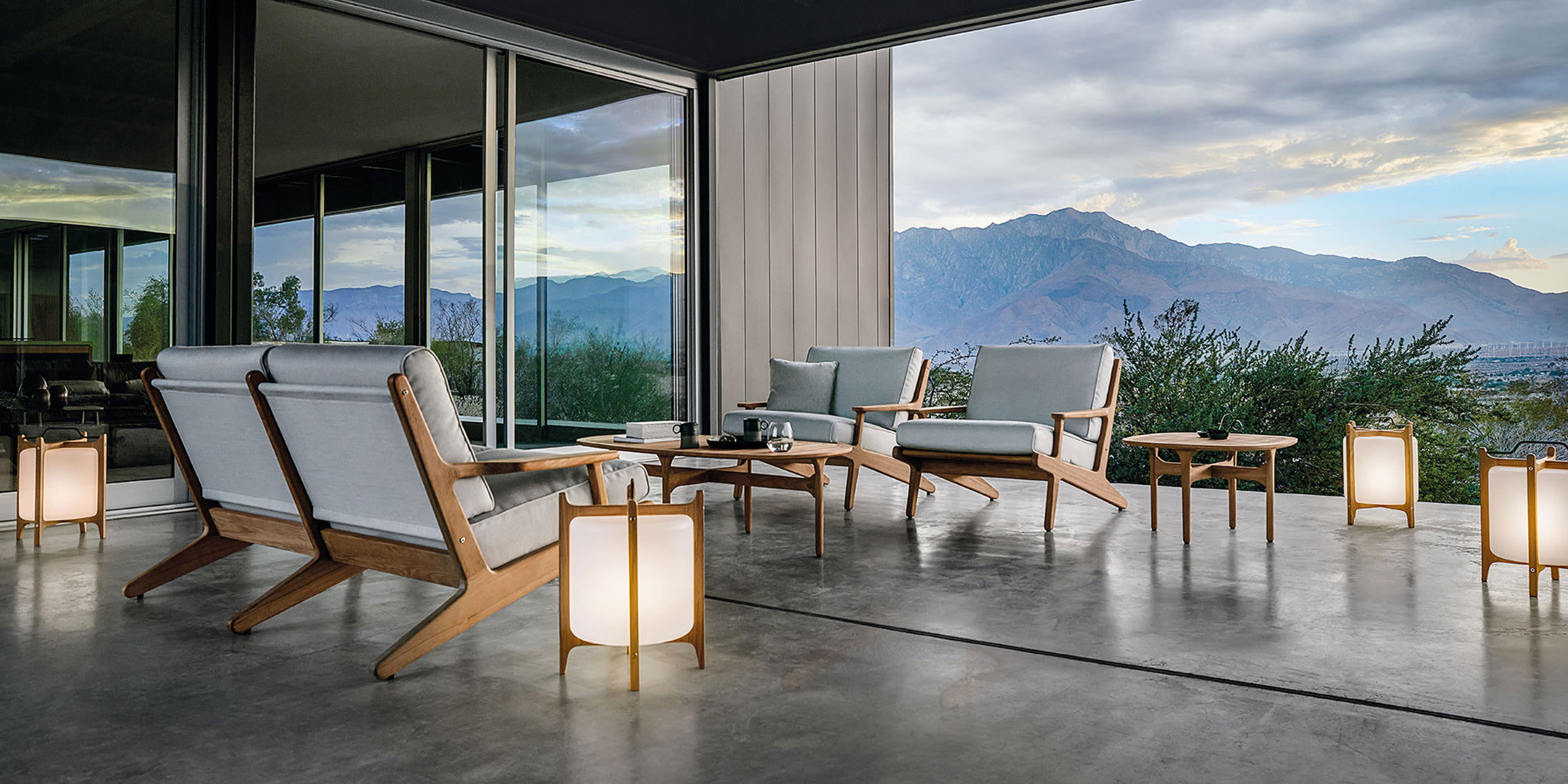
Transform your sunroom into a harmonious oasis
Decorating a sunroom is a great way to make the most of your living space and create a spot where you can enjoy nature - regardless of the season. A place with natural light and views of the outdoor environment, while being protected from bugs, weather and wind. By carefully planning your outdoor space, you can create a haven for relaxation and a gathering area for family and friends.
2024/4/16
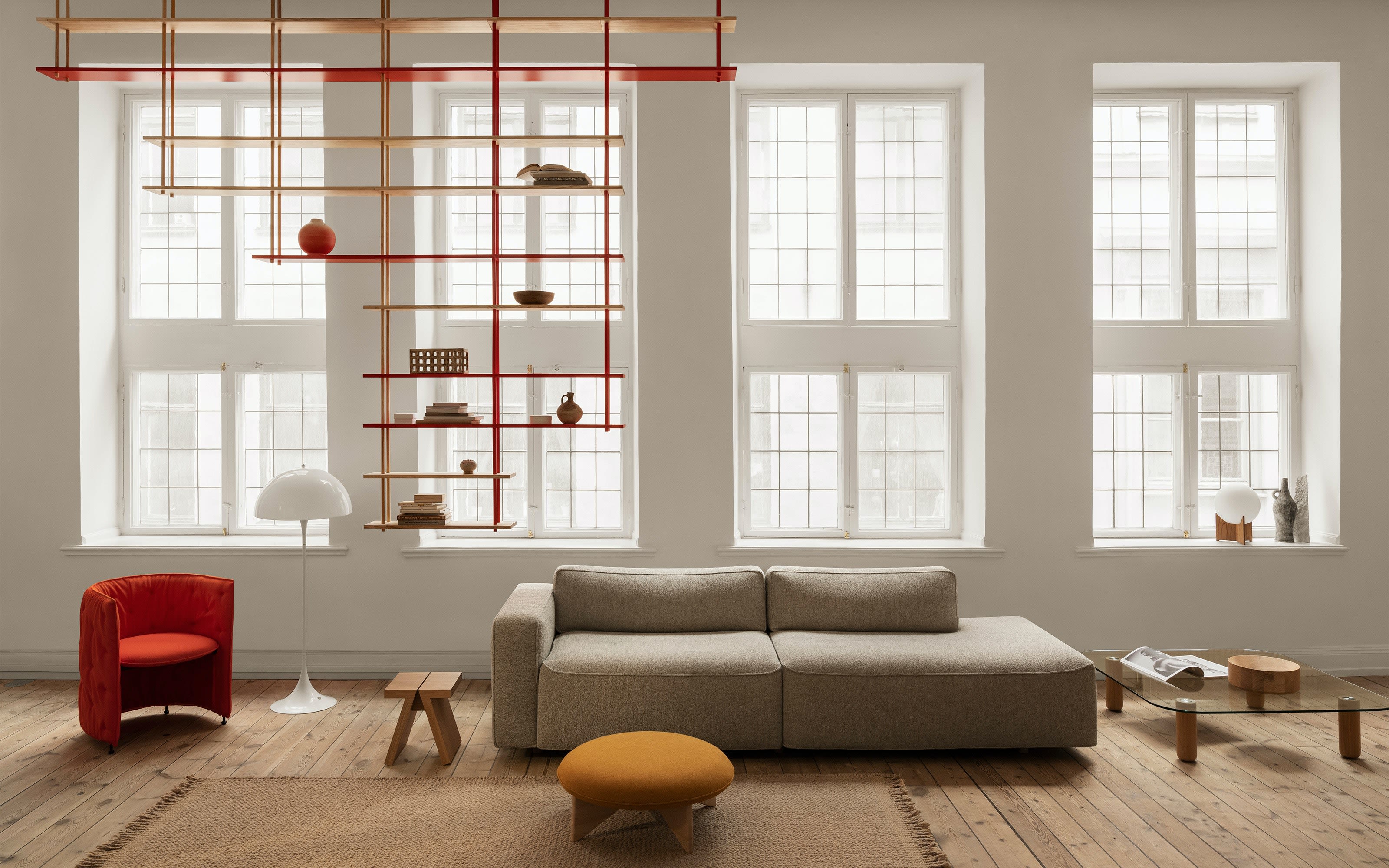
Bond from Fogia
In Scandinavia, we are used to the fact that there are several flexible shelving systems and storage solutions to choose from, where different parts can be used to customise something that covers all everyday needs. Many people have grown up with shelving systems such as String or Elfa, which have achieved their popularity thanks to an extremely well thought-out design, good choice and relatively easy assembly. However, it is all the more difficult to get a shelving system to suit everyone's needs in terms of different styles, which therefore leaves plenty of room for competition.
2022/12/1
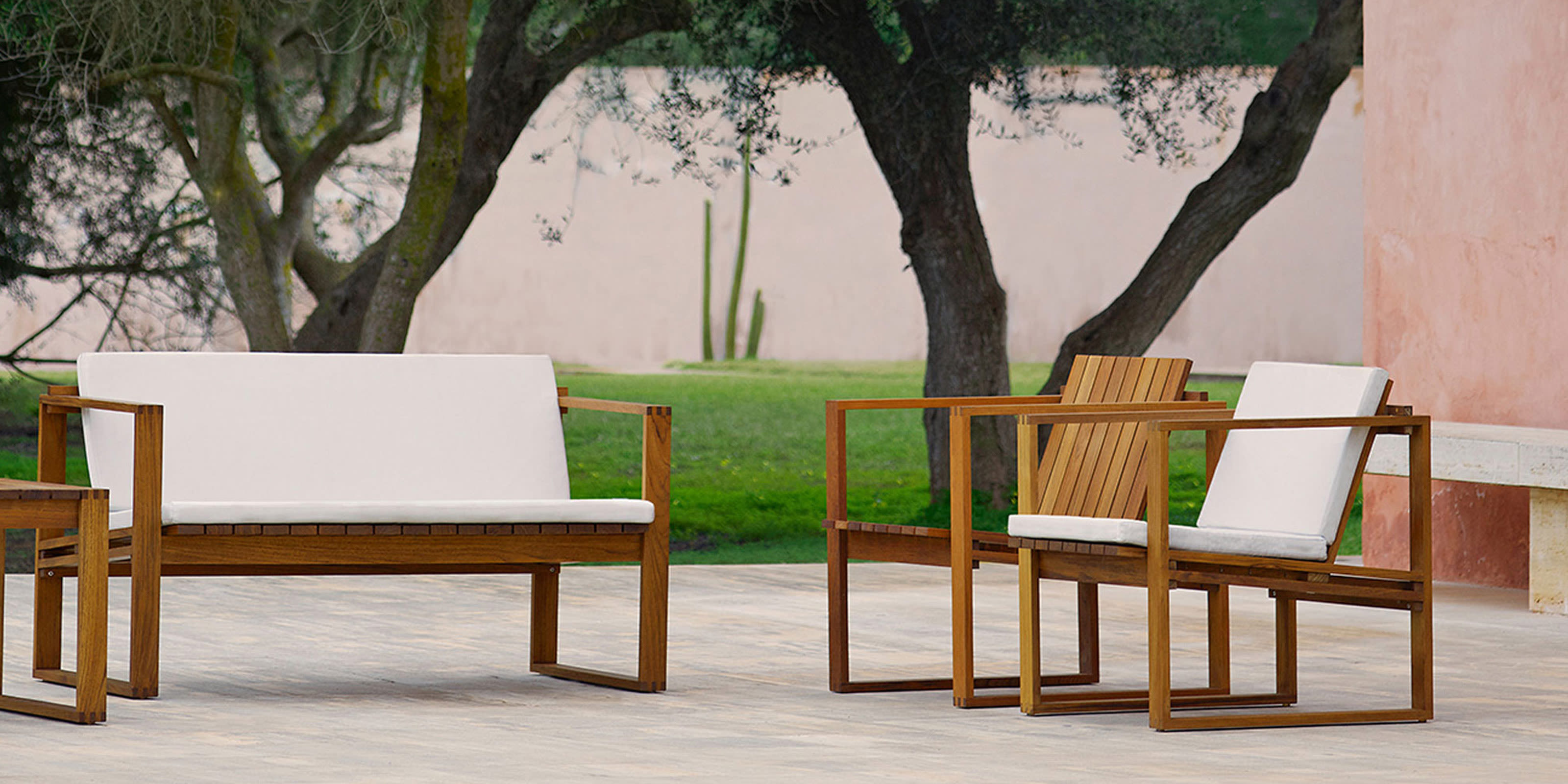
How to extend the life of your outdoor furniture
Outdoor furniture is an investment that deserves extra care and attention. As furniture is exposed to the elements, it is particularly important to maintain it to keep it in good condition for years to come. Regular cleaning extends the life of your furniture and maintains its beauty. We provide tips on how to keep your outdoor furniture in top condition, year after year.
2024/4/16
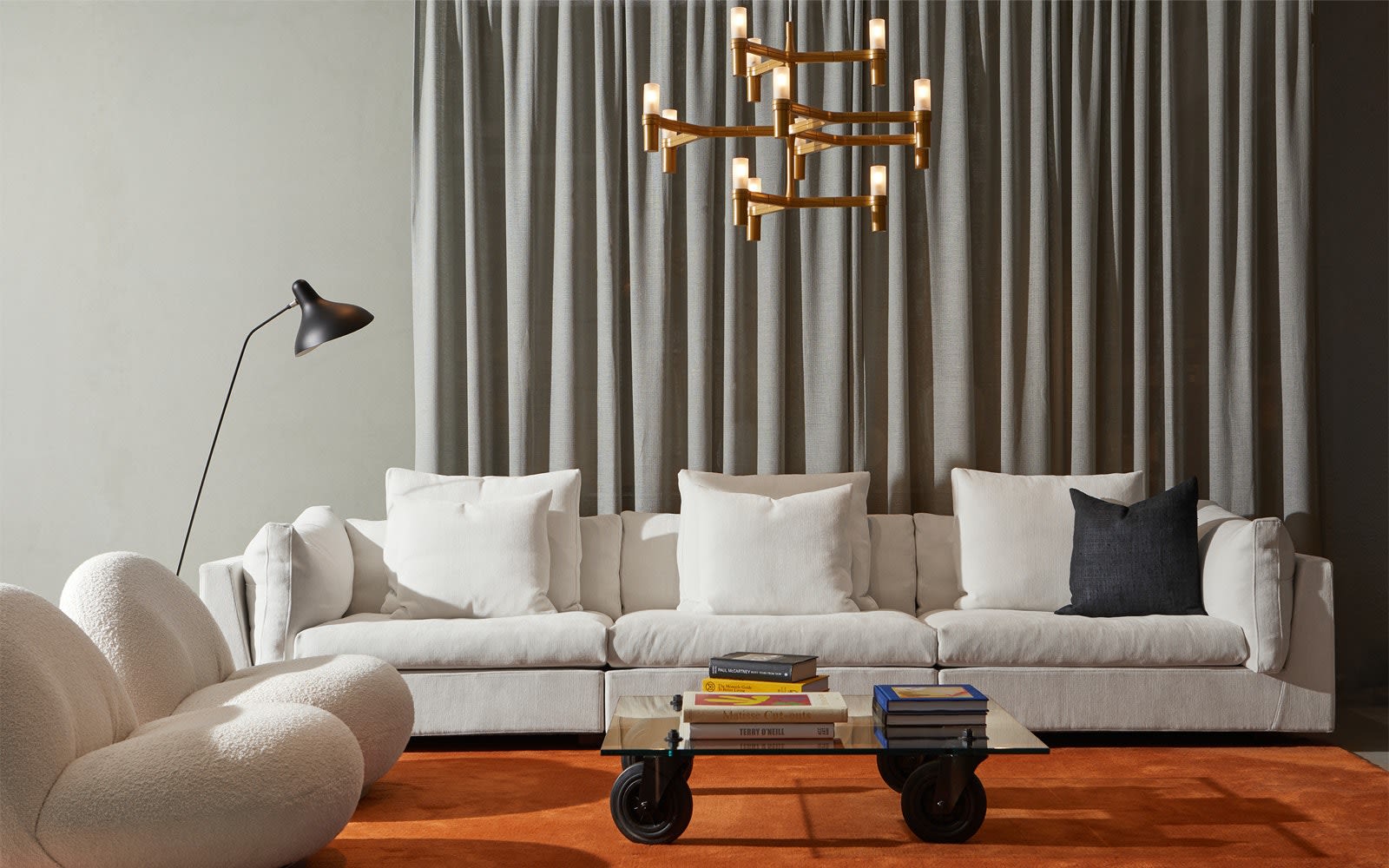
Hang the lamp properly
Moving into a new home can be both fun and full of anticipation. Especially when it comes to furniture: will the dining table fit in the kitchen? What about the carpet in the living room? We provide tips on how to think about investing in new lighting for your home.
2021/9/10

